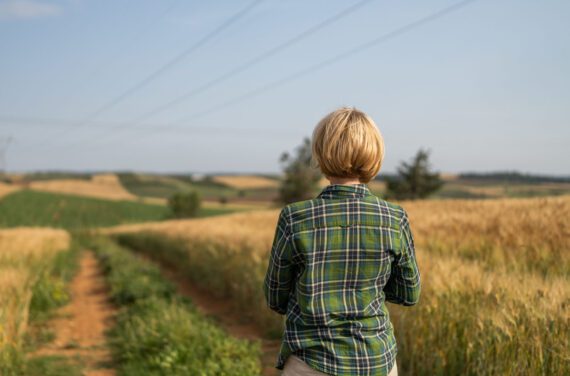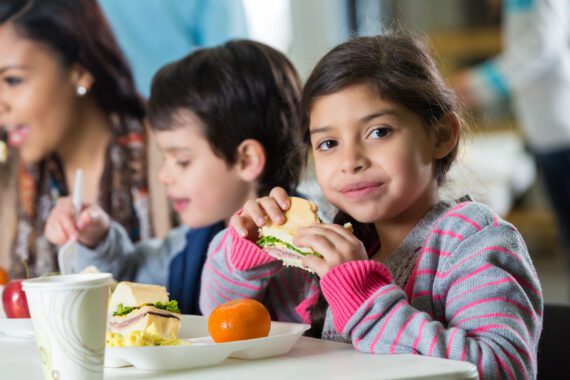“Child poverty stubborn in Kentucky, report shows,” by Deborah Yetter, The Courier-Journal. “At the Plymouth Community Renewal Center, Markham French measures child poverty through the increasing number of young adults seeking aid from the center in Louisville’s Russell neighborhood.”
“Next time, Democrats should debate these Black Lives Matter and criminal justice questions,” by German Lopez, Vox. “It is not an understatement to say that Black Lives Matter and criminal justice issues are dominating the national conversation. Over the past year, police killings like those of Michael Brown, Freddie Gray, and Eric Garner have gotten a lot of attention from the media and general public, while criminal justice reform looks like one of the few issues that could actually make it through a dysfunctional Congress.”
“Ankle Monitors Weigh on Immigrant Mothers Released From Detention,” by E.C. Gogolak, The New York Times. “On a recent afternoon, Grace, a 33-year-old mother from El Salvador, sat on a bench inside the train station in this Long Island town, crossed her ankle over her knee, carefully rolled up the cuff of her flared jeans and pointed to the black plastic fist-size object strapped to her ankle. A tiny green light flashed, indicating that the device was charged.”
“How empowering women could end world hunger,” by Olivia Howell, Global Citizen Project. “I don’t know about you, but I spent much of my childhood thinking that the farmers of the world looked like Old MacDonald. My idea of a typical farmer involved a man dressed in plaid and a straw hat with a little piece of wheat between his teeth, whistling and waving from atop his shiny green tractor. Although the image was amended as I got older – imaginary Farmer Joe no longer had to be gnawing on raw wheat – I pretty much exclusively associated farming with men.”
“How Parental Incarceration Affects a Child’s Education,” Alia Wong, The Atlantic. “This past summer, The Atlantic’s Sarah Yager wrote about the rising popularity of prison nurseries as a means of saving costs, enhancing morale, and reducing recidivism among the ever-growing female inmate population. Such nurseries are, however, still fairly rare, and generally reserved for the women who give birth when they’re already behind bars and have babies 18 months or younger. Once the babies grow past that age, they’re sent out into the world to join the 3 million children in the United States who currently have a parent in custody—a population that, for policymakers, “can fade into the background.’”



